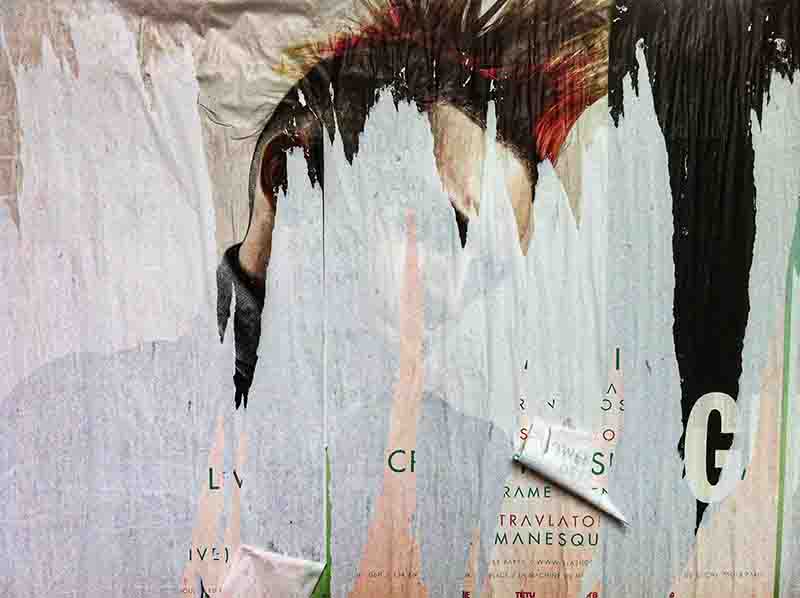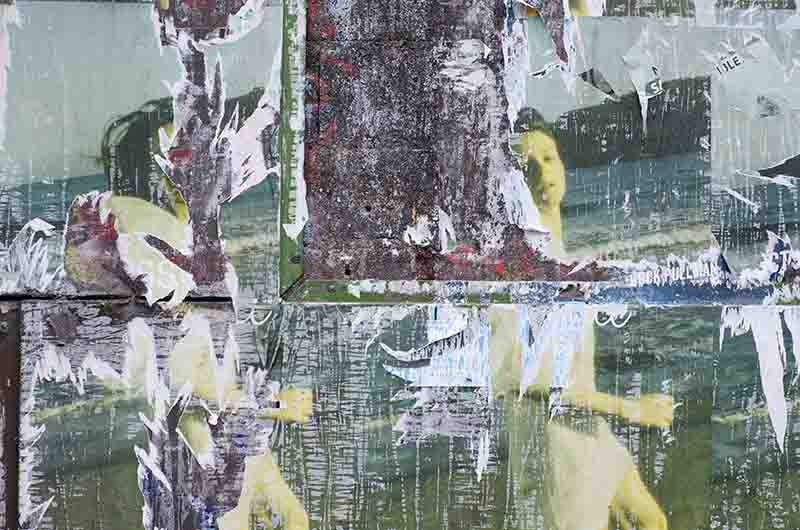
Torn Posters and Billboards © JBS Street Art

Torn Posters and Billboards © JBS Street Art

Torn Posters and Billboards © JBS Street Art

Torn Posters and Billboards © JBS Street Art

Torn Posters and Billboards © JBS Street Art

Torn Posters and Billboards © JBS Street Art

Torn Posters and Billboards © JBS Street Art

Torn Posters and Billboards © JBS Street Art

Torn Posters and Billboards © JBS Street Art

Torn Posters and Billboards © JBS Street Art

Torn Posters and Billboards © JBS Street Art

Torn Posters and Billboards © JBS Street Art

Torn Posters and Billboards © JBS Street Art

Torn Posters and Billboards © JBS Street Art

Torn Posters and Billboards © JBS Street Art

Torn Posters and Billboards © JBS Street Art
The opposite of collage
The French word décollage describes a process practiced by the representatives of Nouveau Réalisme, which involved tearing posters off walls to produce art. As with collage, décollage is focused on the relationship of the artwork to reality, for which reason objects from everyday life are primarily employed.
The term décollage first appeared in André Breton's "Dictionnaire Abrégé du Surréalisme" in 1938.
Décollage was further developed by the pioneers of Nouveau Réalisme in the 1950s and 1960s, including Raymond Hains, Jacques de la Villeglé, and Francois Dufrêne.
Initially, they tore off the remains of already destroyed posters in strips and scraps and created new collages based on them. In a modified form, Pop Art artist Robert Rauschenberg adapted this method by blurring photographs and painting across images and texts.
Artists who use the decollage technique use art to symbolically substitute values or to fragment thinking through the influence of their media.
Décollage is among the first art practices to harness mass culture, and therefore can be considered a variant of Pop Art.
Décollage is a process of subtractive artistic creation that involves the removal of paper to reveal the underlying image without further manipulation.
Collage, on the other hand, is an additive artistic process. Here, the artist glues newspapers, magazine clippings, color paper, photographs, and other materials of their choice onto a surface to create a resulting collage.